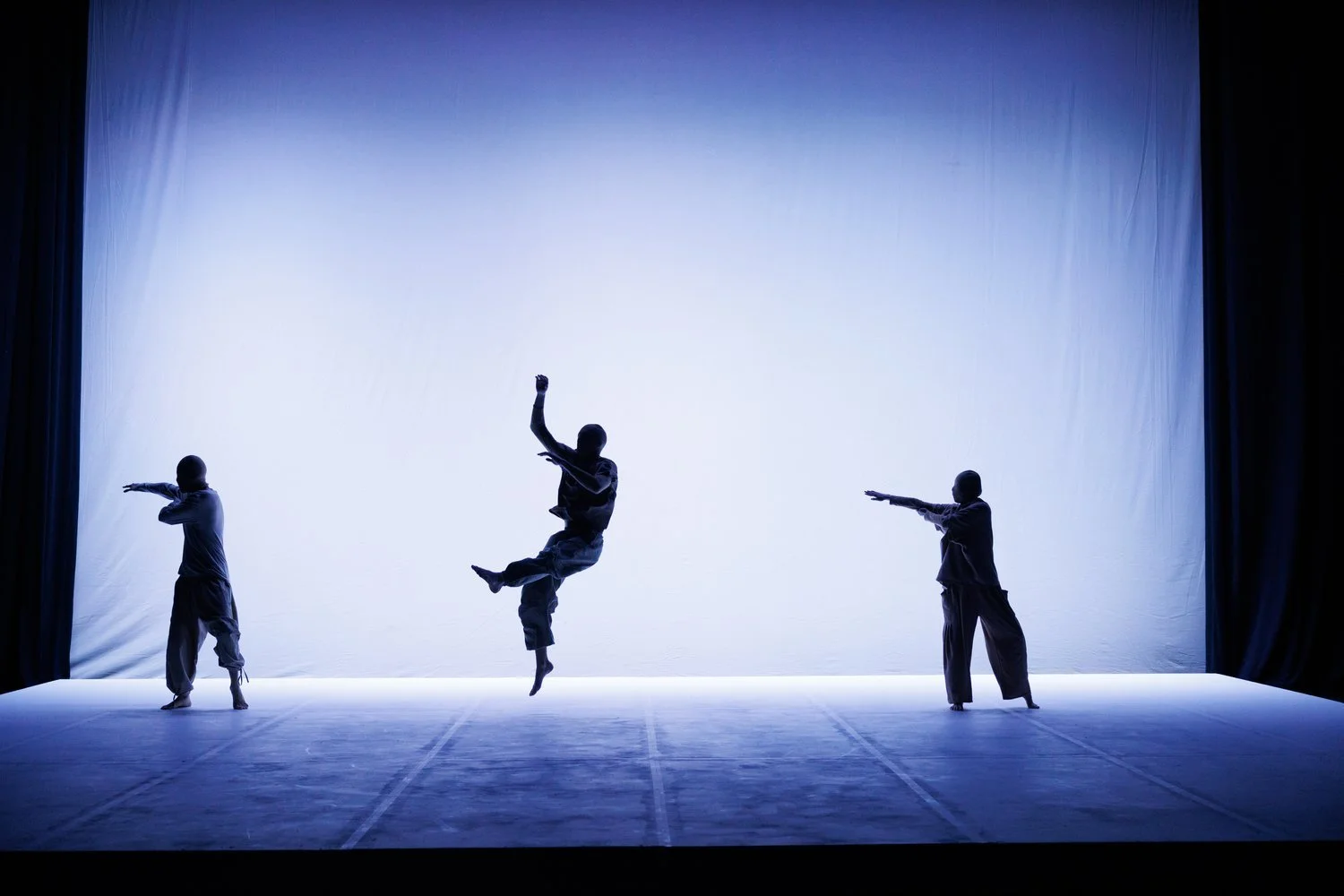Chang Chen is a Chinese artist based in Vancouver, Canada. The artist is willing to open her mind to the scope of the world of visual art, holding speculative and optimistic attitudes toward the unknown challenges. She values the effective communication between the artwork and the viewers and she believes that expressing oneself and making voices for the social currencies are indispensable as an existence in this Anthropocene.
INTERVIEW | Dipo Doherty
Dipo Doherty is a Nigerian artist based in Lagos. As an artist, engineer, and entrepreneur, he seeks to define a vocabulary in his work that unites his African heritage and scientific background. Doherty has interpreted the human anatomy in his own ideology, increasing its dimensionality in abstraction in his paintings, while expanding his visual language to other forms of media that reference socio-economic issues.
INTERVIEW | Sam Kelly
The drawings that Sam Kelly creates express a raw and energetic approach. He repeatedly works and reworks the image. The surfaces are dense and textural. Often using a somber color palette, his work takes on a mysterious and darkened mood. The imagery in Sam’s work is not pre-determined, but rather discovered through his laborious process.
INTERVIEW | Marcel Schwittlick
Marcel Schwittlick is an artist based in Berlin, Germany. With his work, he is examining the cybernetic aspects of generative systems and modern technology. He is interested in digital culture, its influence on society, and chances for alternative types of communication. He is working in strong connection to various practices, forging a relationship between physical and digital media, traditional and modern approaches.
INTERVIEW | Anastasia Golovneva
Anastasia Golovneva is a Russian painter, currently based in Moscow. Anastasia lived for many years with Khanty indigenous northern people side by side. Her work deals with the Ugric world. Harmonious, but so fragile, it was destroyed in just a couple of decades because of oil production. Anastasia believes that it is necessary to know and understand the consequences of oil production and depicts it in her art.
INTERVIEW | Dalia Kiaupaitė
Dalia Kiaupaitė is a professional Lithuanian female artist, mostly working in and in-between theatre, opera, and visual art’s fields. She collaborates with several a different theaters, operas, cultural events and activities as stage, costumes, and light designer. As an independent artist, Dalia Kiaupaitė is researching topics of femininity and recognition of cultural signs - stereotypes and archetypes - in contemporary time.
INTERVIEW | Patrícia Magalhães
Patrícia Magalhães is a multidisciplinary artist from Lisbon, Portugal. her work is mostly drawing. The contamination with painting, etching, sculpture, and photography in a diversity of mediums and scales that she applies in each work is perceptible. She is represented in some private collections such as Fundação Bienal de Cerveira and Universidade Lisboa, among others.
INTERVIEW | Federico Alcaro
Federico Alcaro is an architect and artist. He approaches the graphic representation of dystopias with an architectural connotation to critically represent some phenomena of modern society. The images are always quite critical and provocative in the form of dystopias with an architectural connotation full of symbols and icons. Federico Alcaro’s biggest influences and inspirations refer to names from both architecture and art world.
INTERVIEW | Anastasiya Malyghina
Anastasiya Malyghina is of the idea that art speaks for itself. Her art is a flow of unconsciousness which becomes a sign, forming a unique image system. She achieves that due to the intuitive, fast drawing technique that originates in Pablo Picasso's art. Since 2019 Anastasiya has been actively involved in exhibitions in Italy and London. Anastasiya's artworks are held in Russian and foreign private collections.
INTERVIEW | Joana Alarcão
Joana Alarcão brings awareness to the corrosive social alienation toward the environment and even human beings. The contrasts of how nature is consecutively part of the human species and human reaction toward it led her sculptures and drawings to be mostly human referenced and made with naturally made materials. The friction behind these two arguments is a major aspect of her practice.
INTERVIEW | Sabrina Choi
Sabrina Choi is a Hong Kong-born artist who is currently based in London, UK. She mainly works with 2D paintings where she merges her Chinese heritage with her artwork, creating work that allows her to express herself through colors and space while embracing the quiet and shy nature of being an Asian female. It aims to create a safe space for people to have conversations about major issues through art itself.























